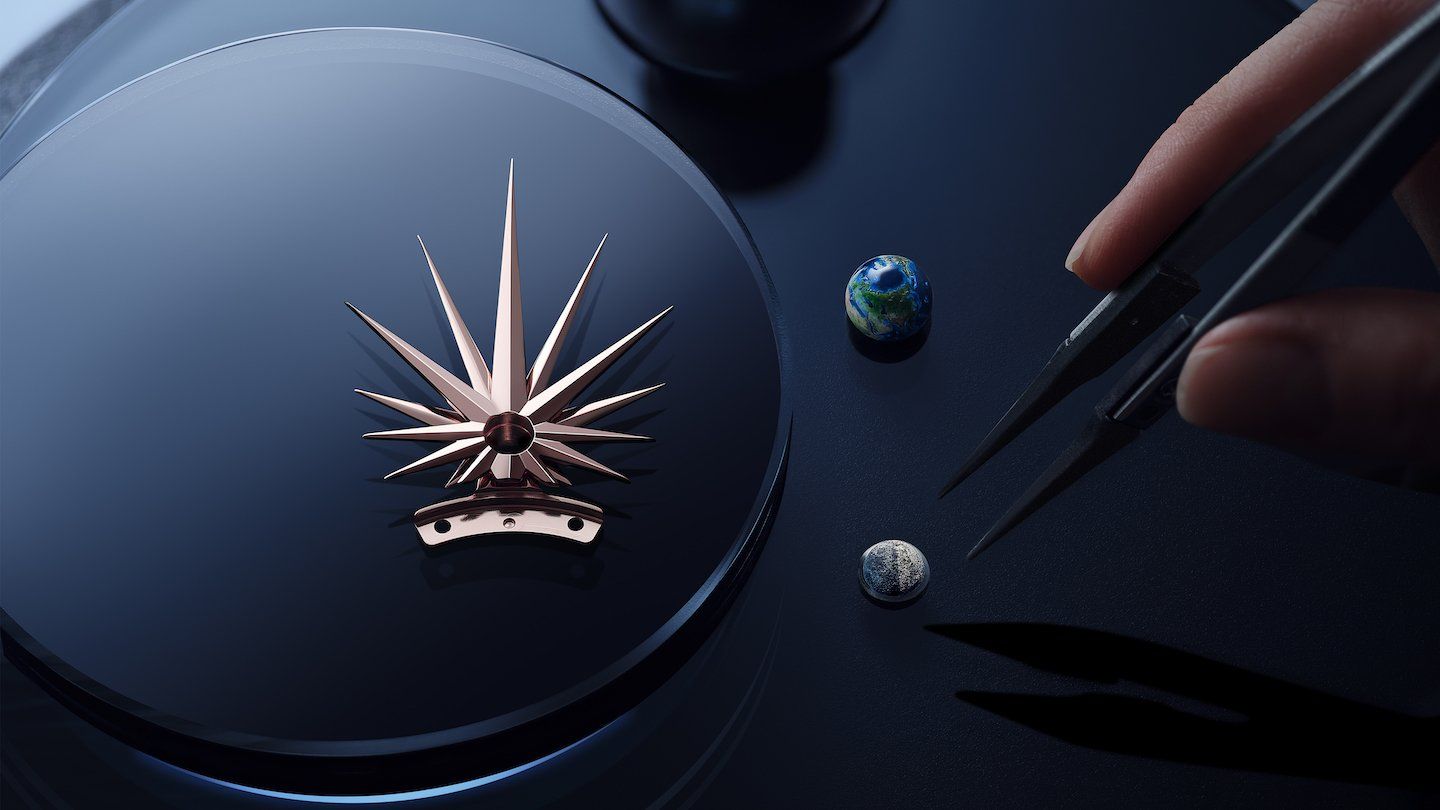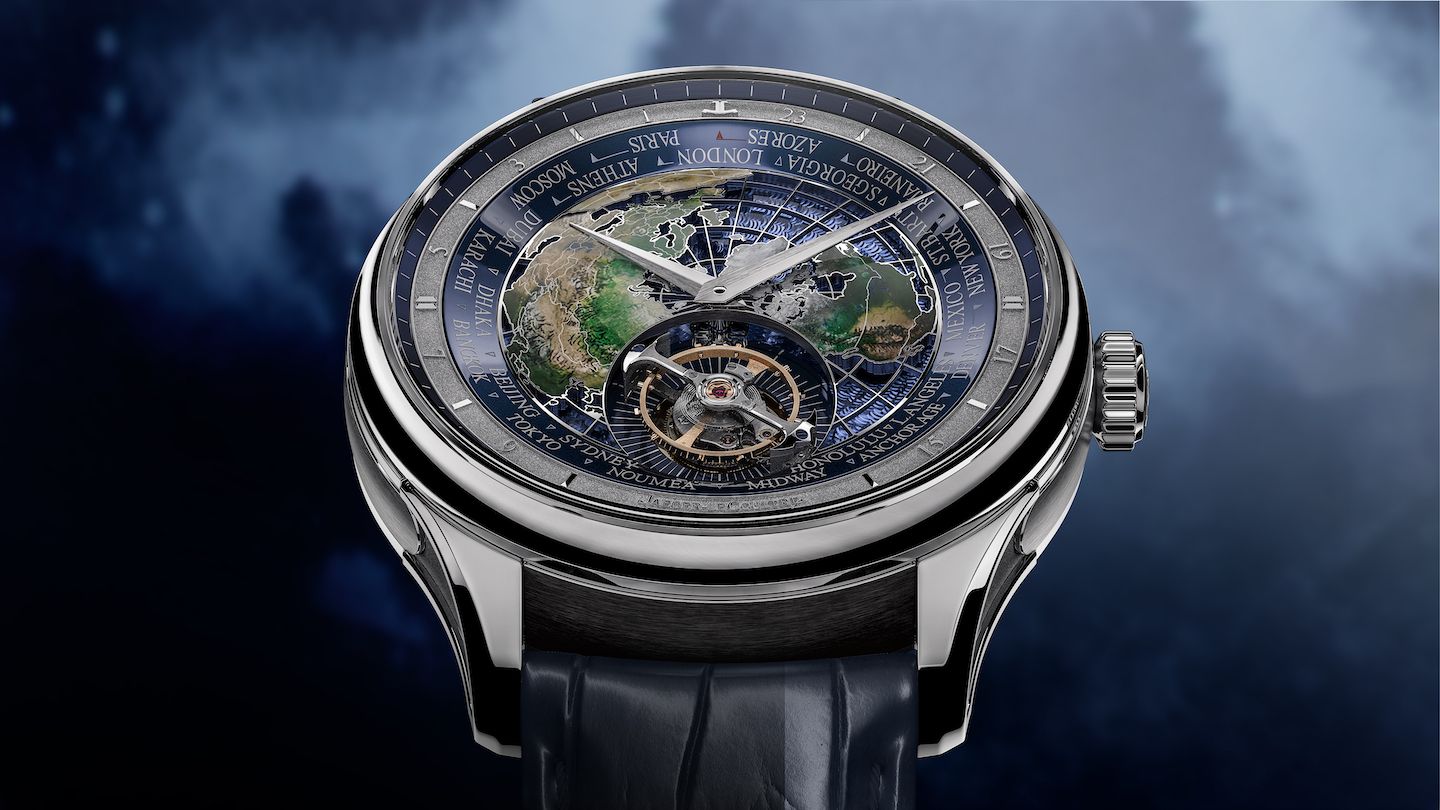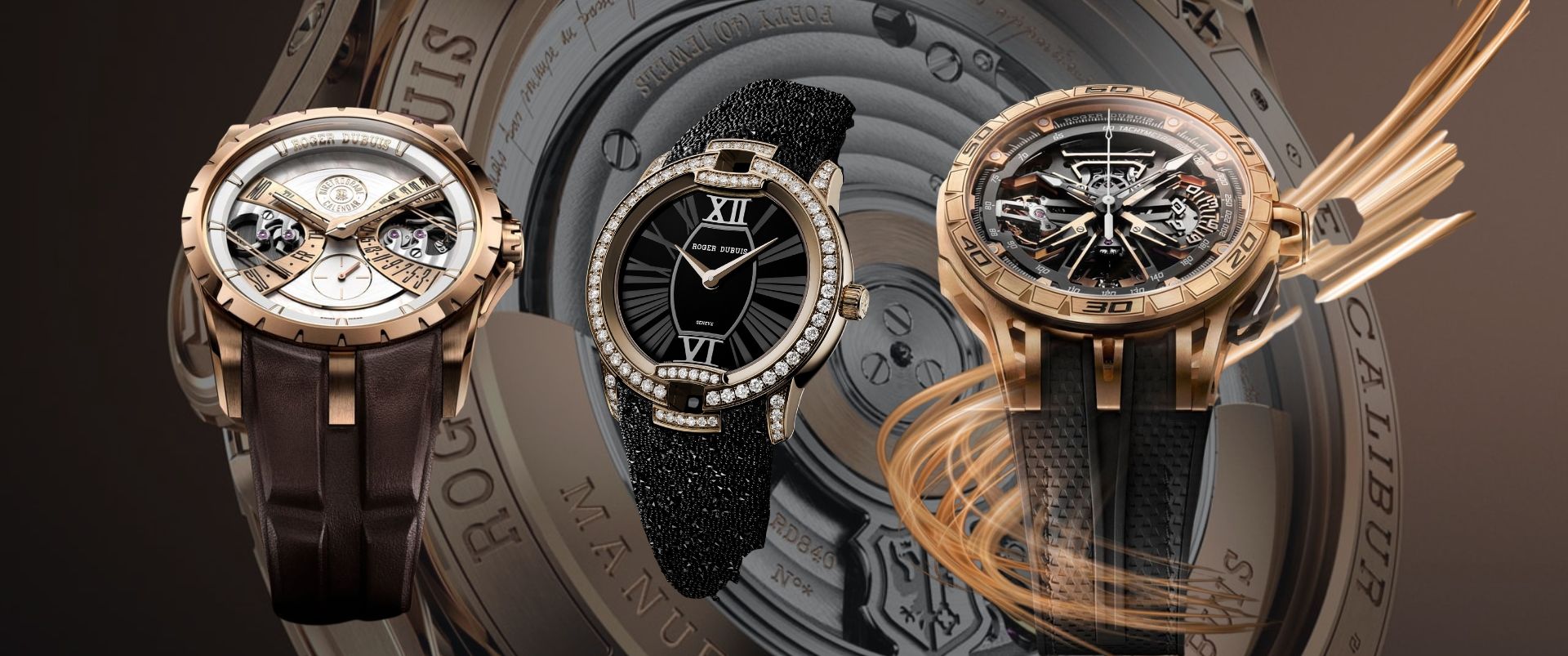Unravelling The Mystery Of The Cosmos: Jaeger-LeCoultre’s Stellar Odyssey
Why do watchmakers have a fascination for celestial complications? Standard civil timekeeping units are just approximations, based on the average value of the Earth's cycle, but the units used in watchmaking use the values of many astronomical cycles to measure time. The challenge of creating a reliable calendar was greatly increased by this distinction.
An extremely complex system of gears is required for watchmakers to account for the idiosyncrasies of the calendar, such as leap years and months of varying lengths.
The first "oscillator," the pendulum, was discovered by Galileo, an astronomer who also had a deep interest in clockmaking. Mechanical clocks first arrived in Europe in the 14th century, but precise timekeeping remained a challenge for centuries. In 1656, the pendulum clock was invented by Dutch astronomer and physicist Christiaan Huygens. After that, the fields of astronomy and horology grew together, one informing the other.
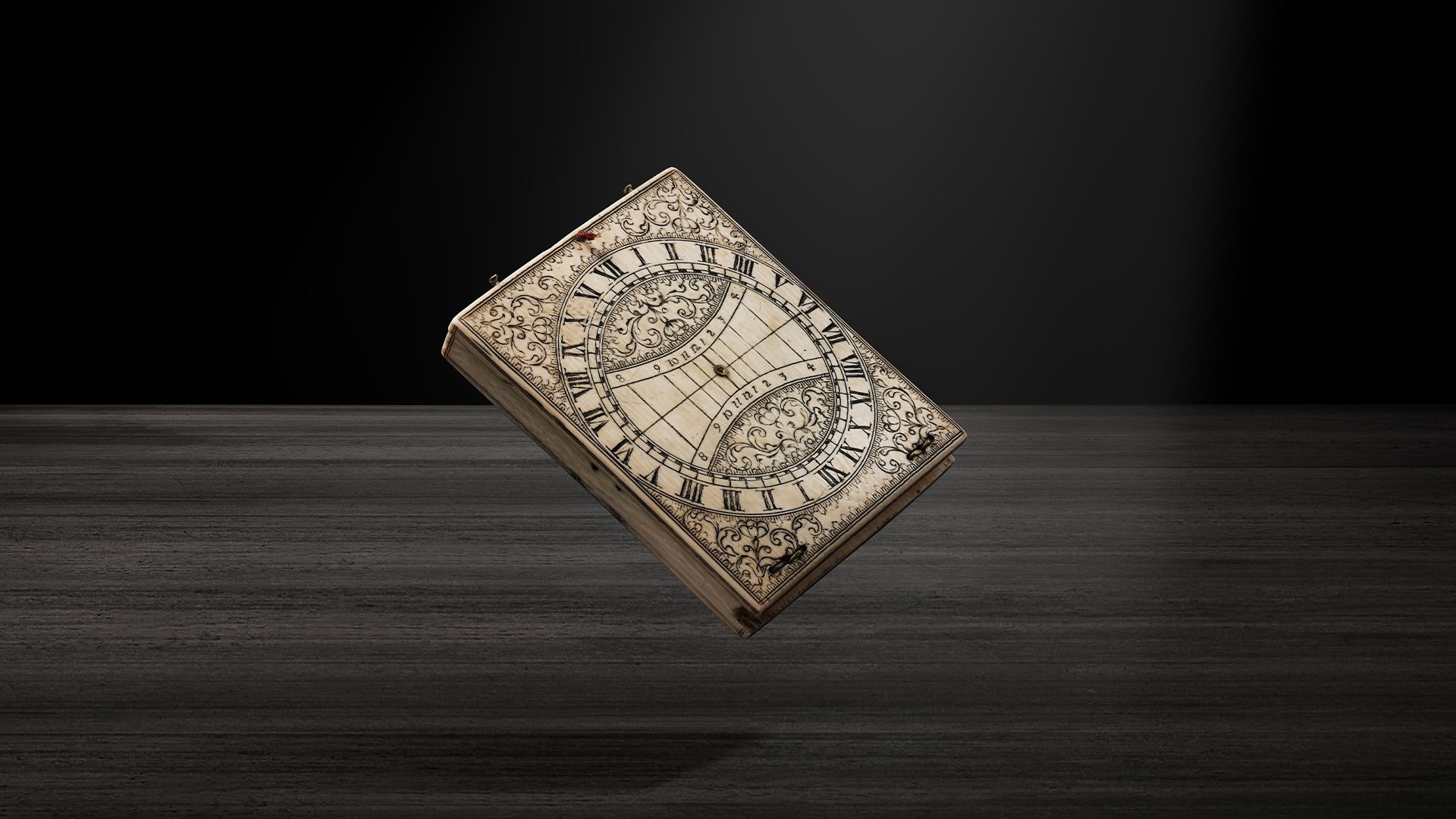
In 1762, the first perpetual calendar mechanism was created, and by the end of the 19th century, Jaeger-LeCoultre had perfected this complexity. And this is where it all began.
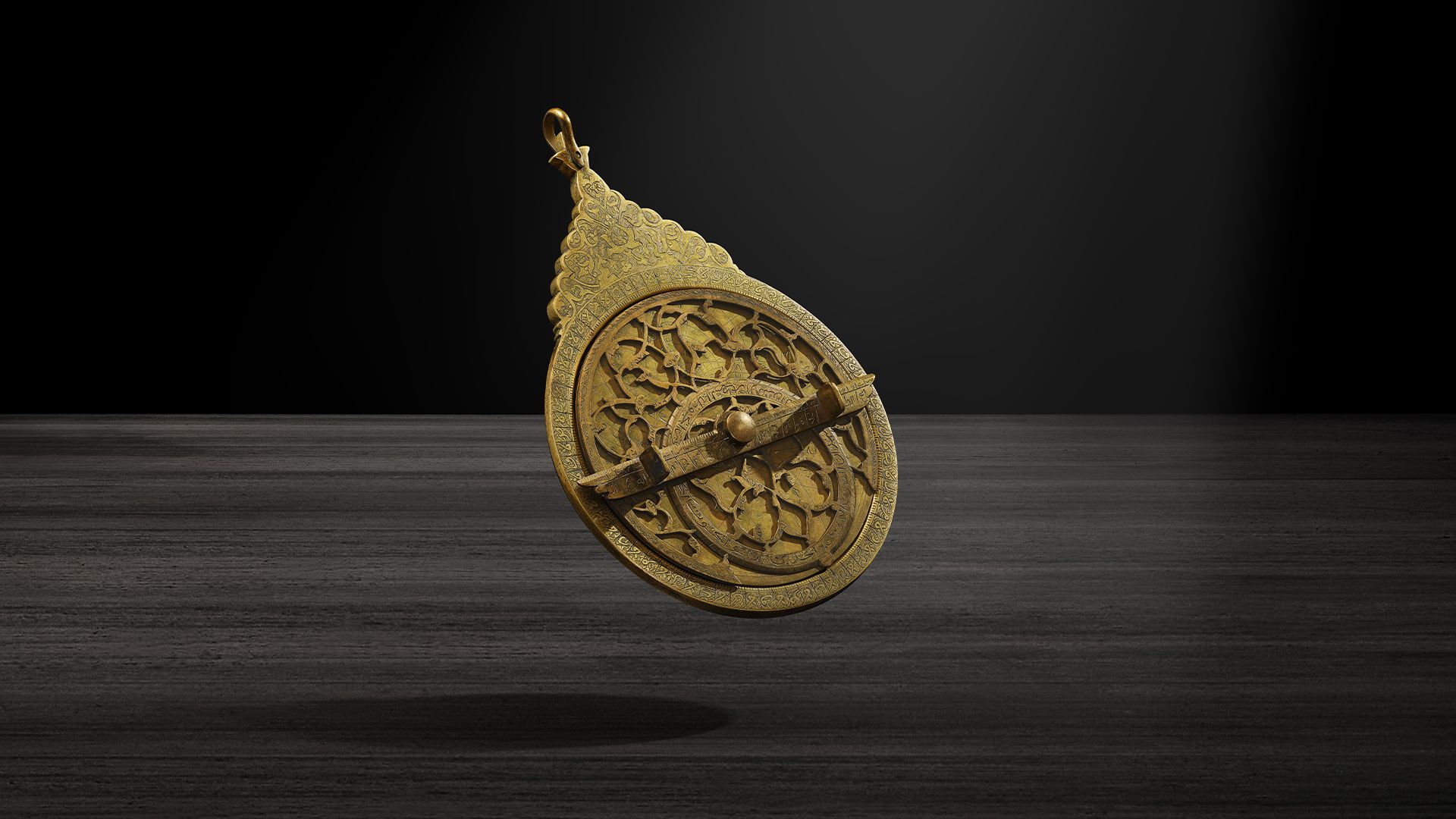
The Watchmaker Of Watchmakers
Antoine LeCoultre, fueled by an insatiable appetite for innovation, started his watchmaking firm in 1833 and laid the groundwork for what would eventually become a very diverse and accomplished Manufacture. The watchmakers at Jaeger-LeCoultre are true horloger-inventors; they have mastered every conceivable type of astronomical complication, from the most basic moon phase display to the most intricate perpetual calendars and sky charts, all of which they have managed to fit into the tiny space of a wristwatch case, and some of which have even been combined with other complications to create Grandes Complications.
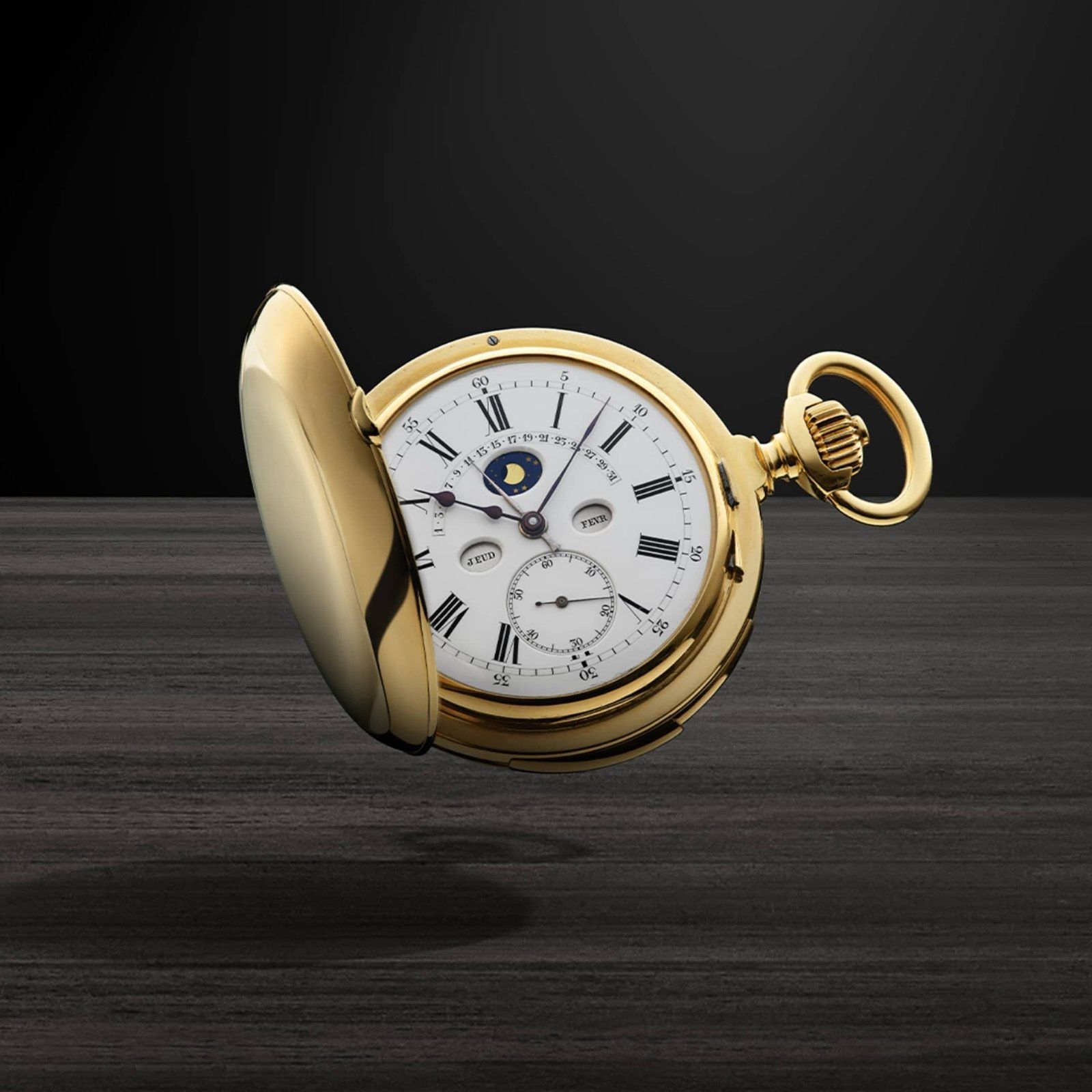
Thus, Jaeger-LeCoultre has earned the moniker "the watchmaker of watchmakers" due to the widespread adoption of its outstanding calibres by other illustrious Maisons.
Embarking On A Stellar Odyssey
Jaeger-LeCoultre is celebrating the cosmic phenomena that have long captivated the Manufacture's watchmakers by setting off on a "Stellar Odyssey." Since its founding by Antoine LeCoultre in 1833, La Grande Maison has called the Vallée de Joux, Switzerland, home. The tranquil setting and crystal-clear skies make it a perfect place to contemplate the mysteries of the universe and gaze at the stars.
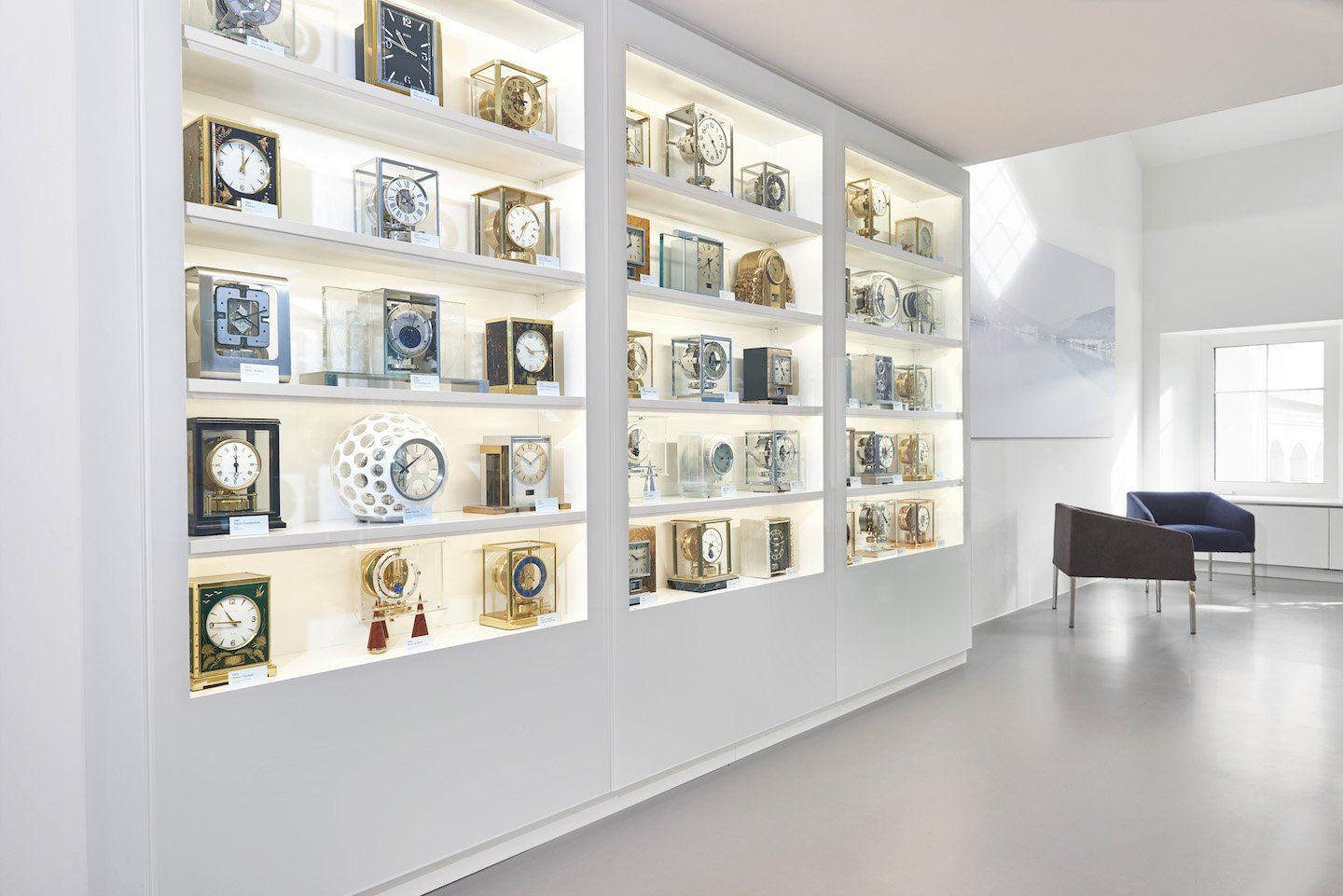
More than 430 patents and 1,260 different calibres (from the most basic to the most sophisticated) have helped Jaeger-LeCoultre earn a reputation for innovation that is unrivaled since the company's founding in 1833.
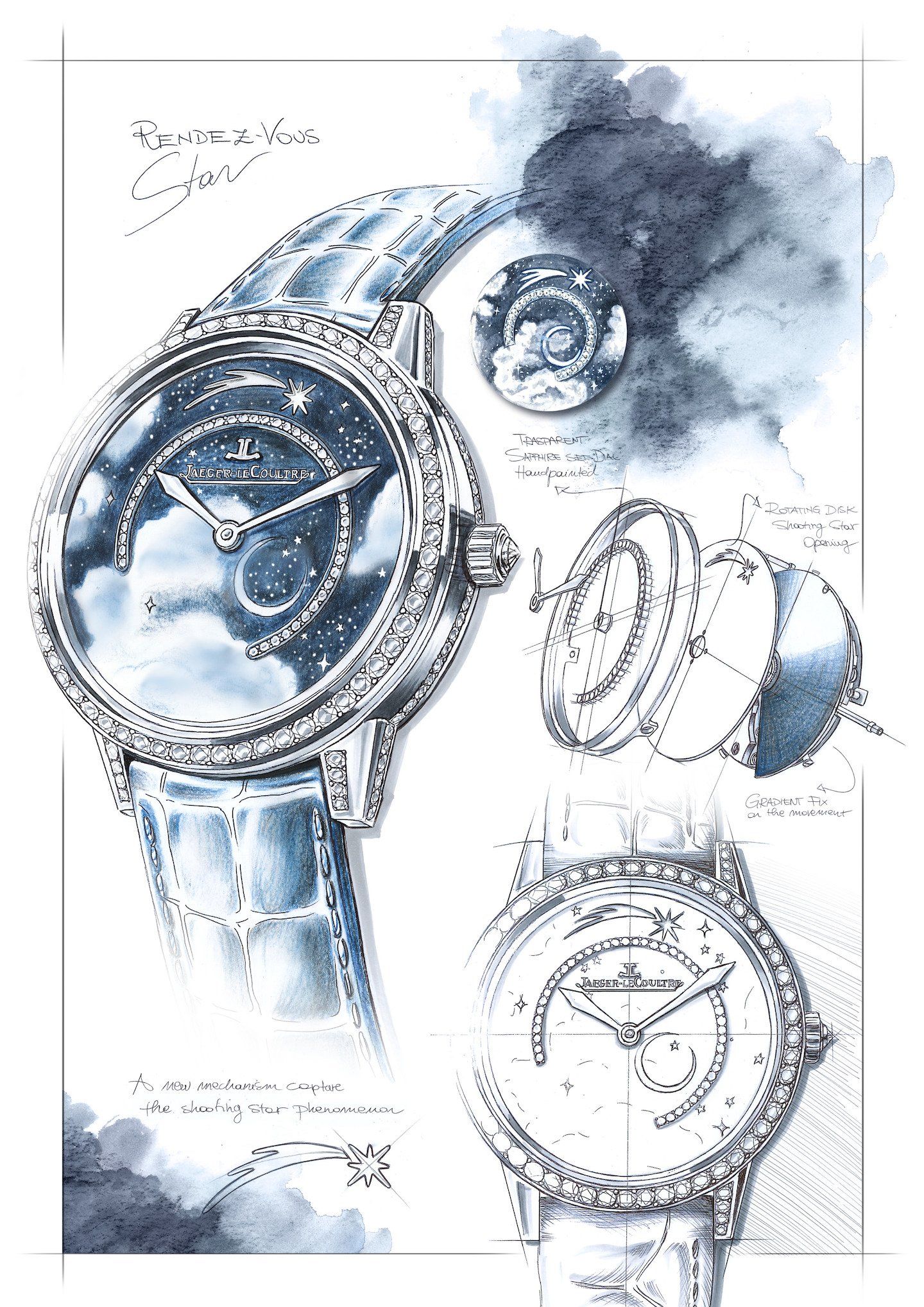
Not only do the orbits of the planets and stars play a crucial role in determining the passage of time, but the bright skies of the Vallée de Joux provide the perfect environment for witnessing the celestial occurrences that serve as inspiration for the watchmakers of La Grande Maison.
The movement of the sun across the sky provided early humans with their first direct experience of time passing. The sun, moon, and stars followed predictable paths that helped define the passage of time over longer periods.
Sundials (shadow clocks) and clepsydrae were the first timekeeping devices, utilised in ancient Egypt, Babylonia, and China (water clocks). Greek astronomers created intricate models of the cosmos and tools capable of replicating astronomical phenomena. A fresh perspective on the cosmos was one result of the Renaissance. As early as the 1300s, mechanical clocks were being introduced.
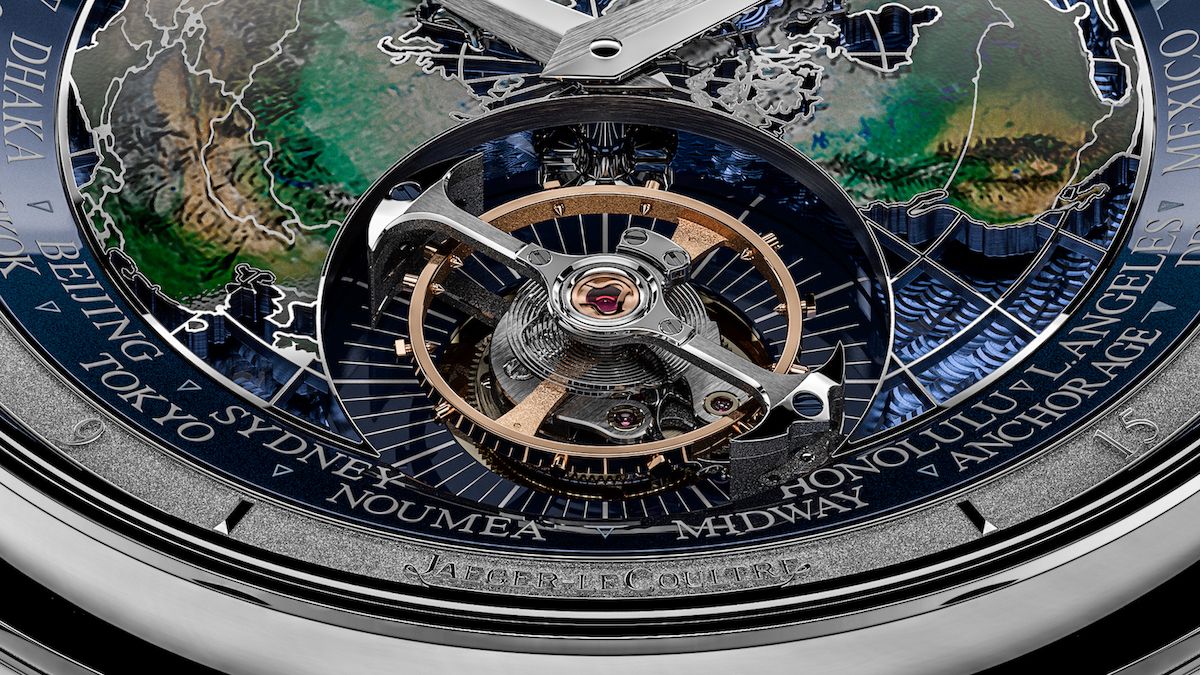
The watchmakers of La Grande Maison have perfected their ability to accurately represent and even predict astronomical events by using all three of these astronomical time scales: solar, lunar, and sidereal.
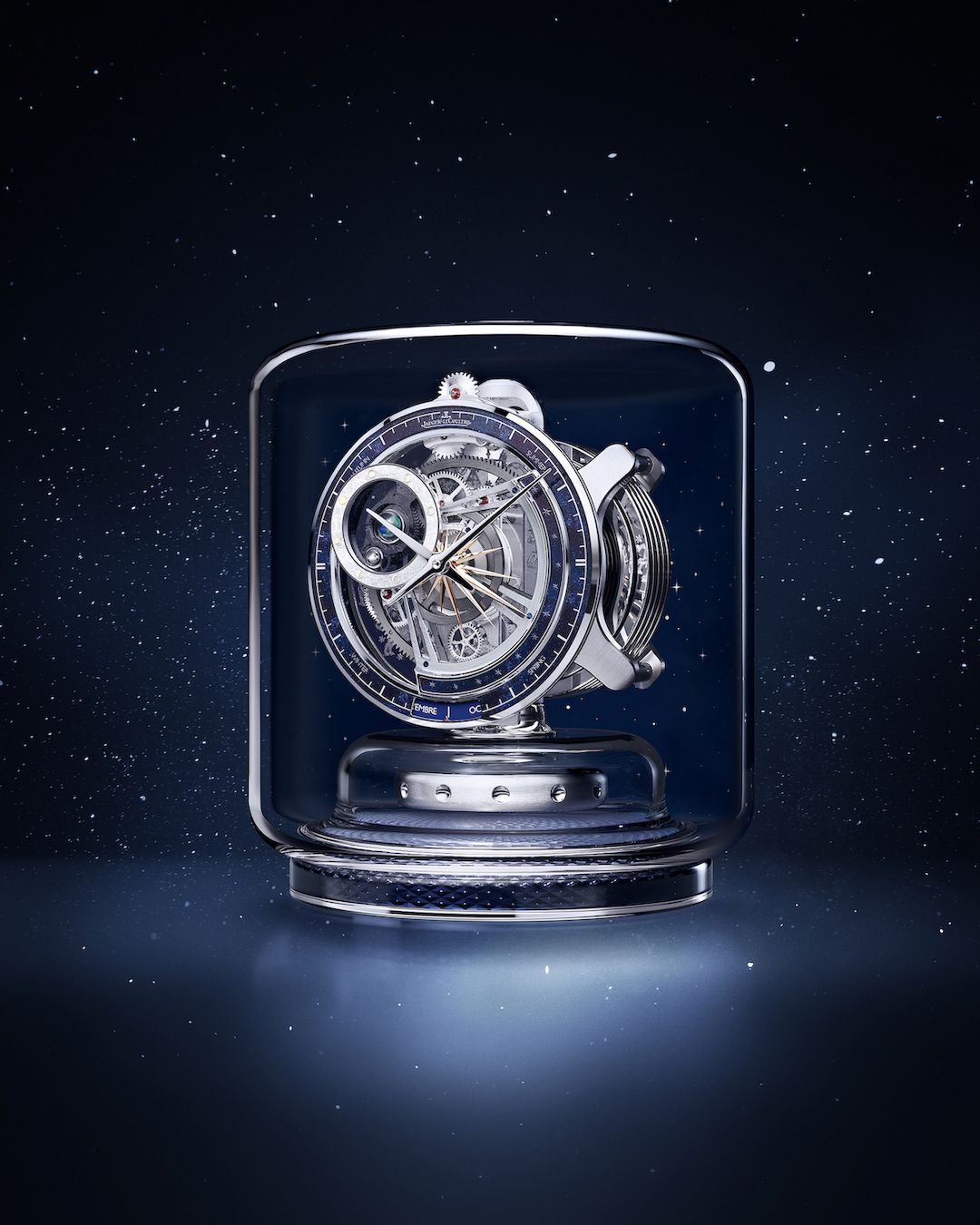
The Different Phenomenons
Two new artistic interpretations of the amazing Calibre 945 bring the wonder of the constellations and sidereal time to your wrist. Jaeger-Master LeCoultre's Grande Tradition Calibre 948 is a luxurious reinterpretation of the company's Universal Time calibre, which shows the Earth's rotation on its axis.
The new perpetual calendar adds a touch of sophistication to the athletic yet casual Polaris line. The incredible Atmos Hybris Mechanica Calibre 590 is a translation of the infinite universe into time, recreating the orbits of the Earth and Moon around the Sun. And they've used their insatiable curiosity for the night sky to create a new complexity for the ladies' Rendez-Vous line, capturing the magic of meteor showers.
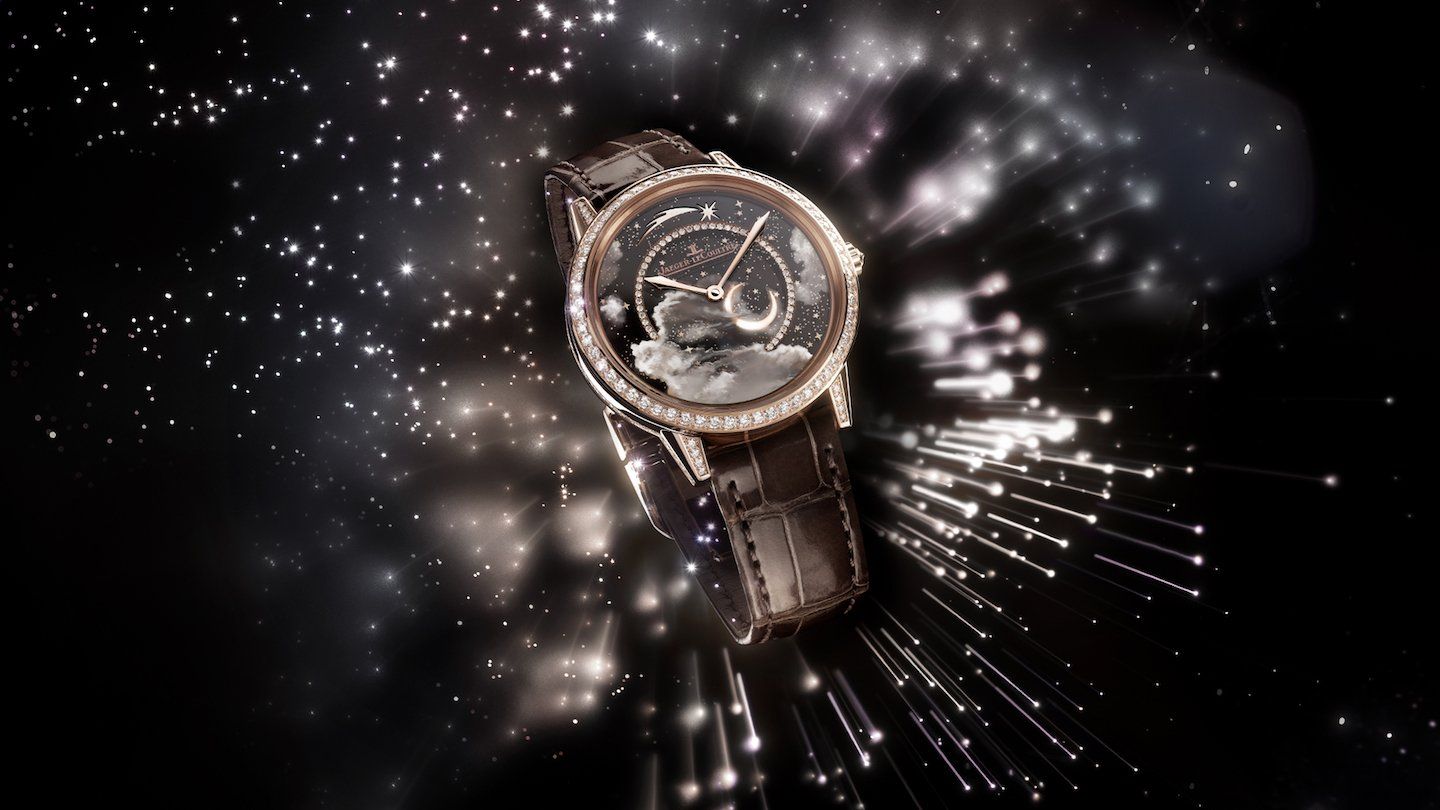
Each of these new heavenly clocks is a miniature masterpiece of Jaeger-LeCoultre's technological and artistic savoir-faire, and as such, they perfectly represent the brand's distinctive character and ethos.
To celebrate this mystical phenomena, Jaeger Le-Coultre is hosting an exhibition in Dubai from 4th February to 23rd February that will embrace the unique collaborations with artists and mixologists as well as unravel the mysteries of the cosmos.
Stay tuned all of January for more...
No articles found


